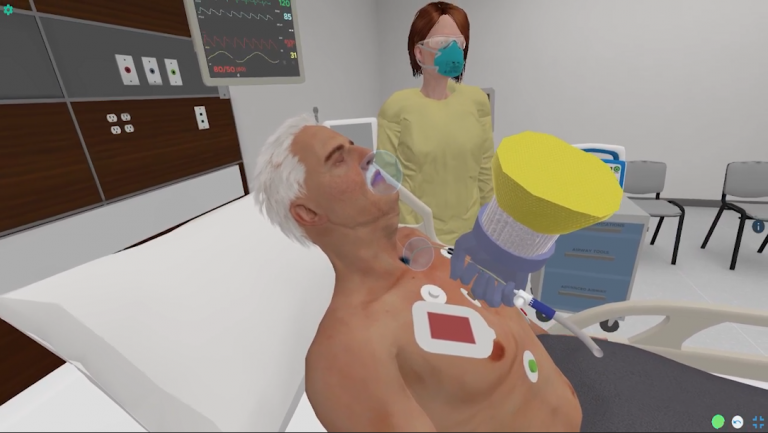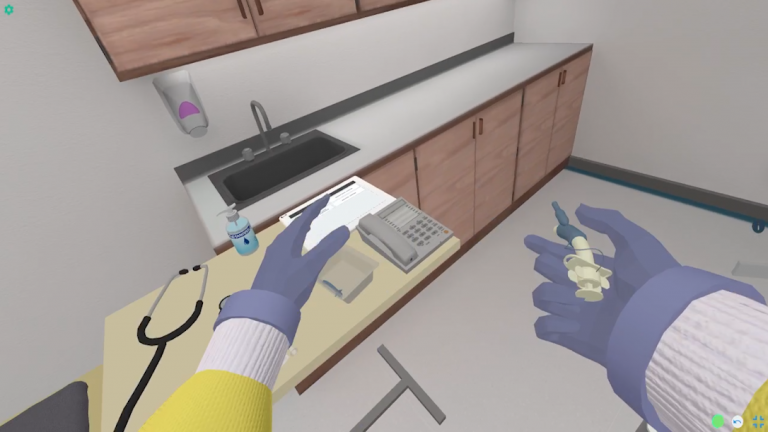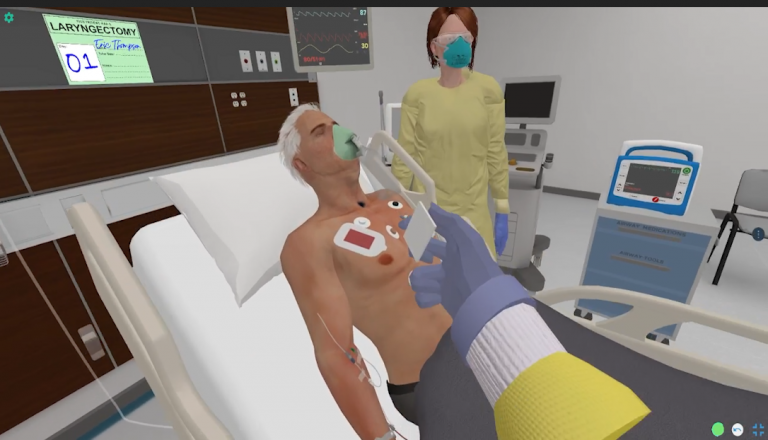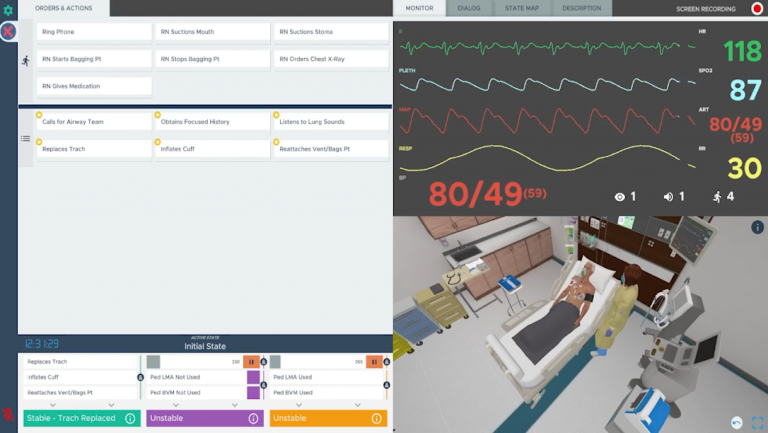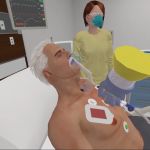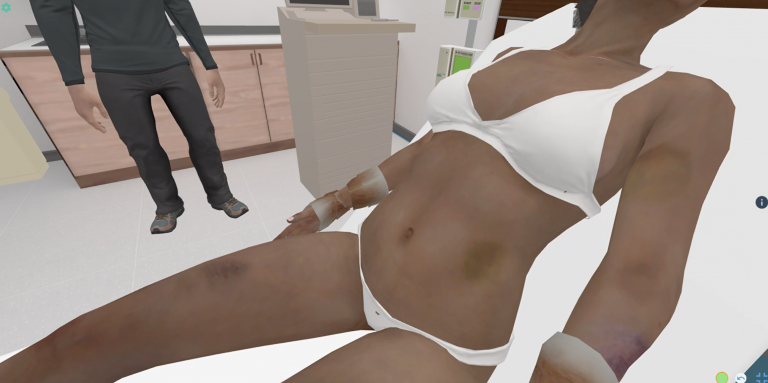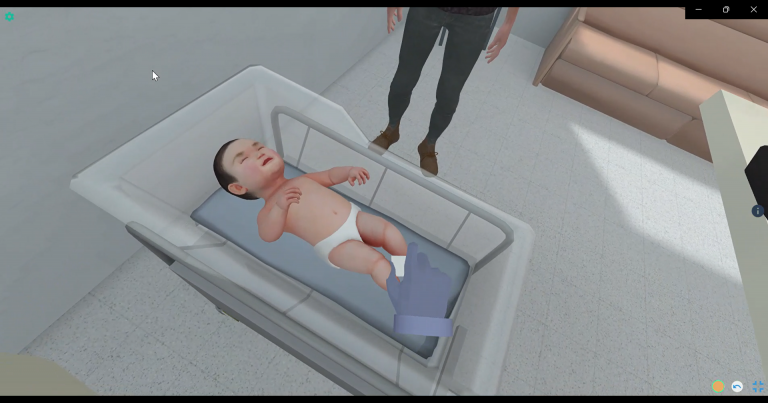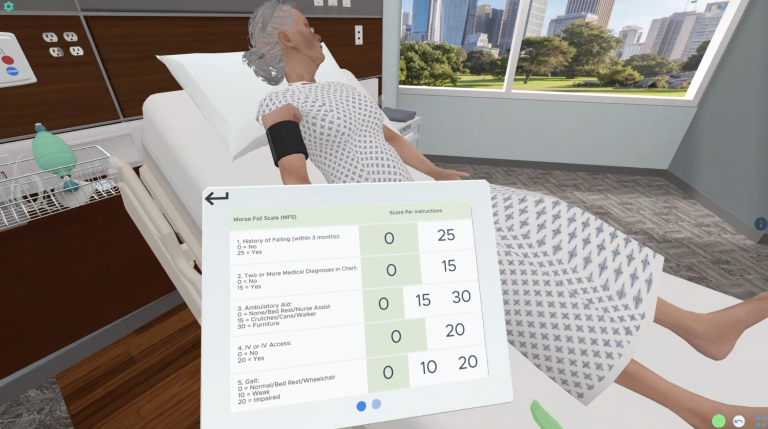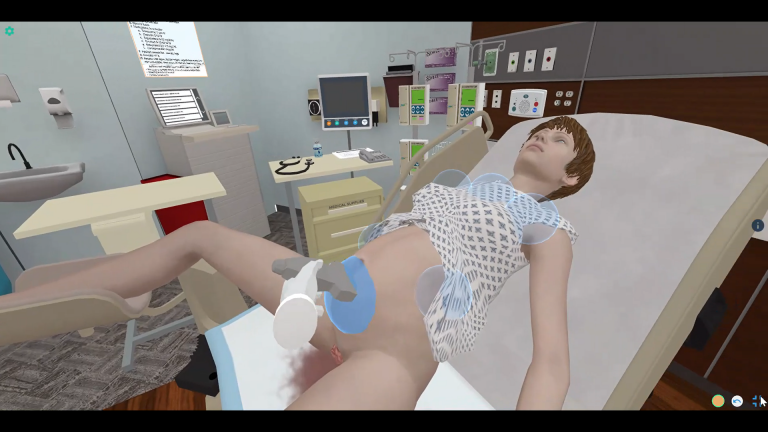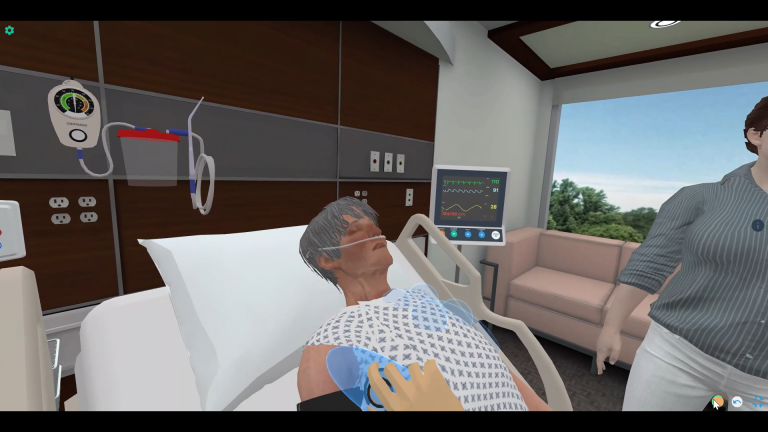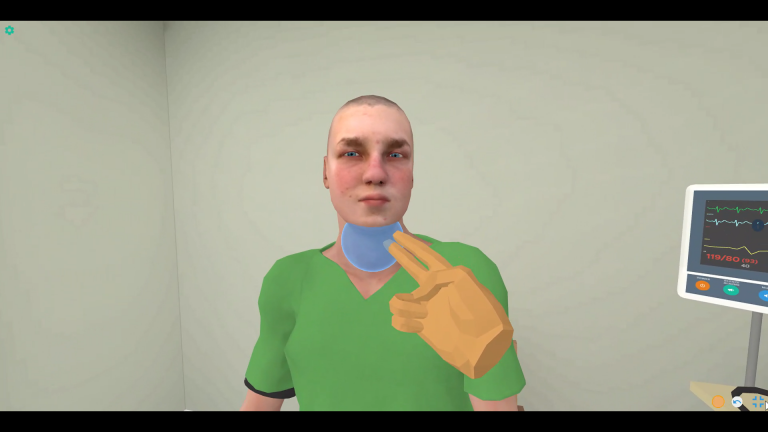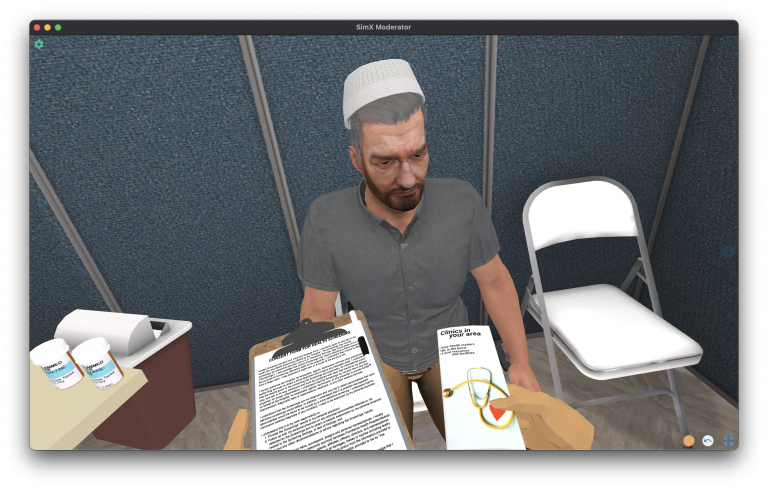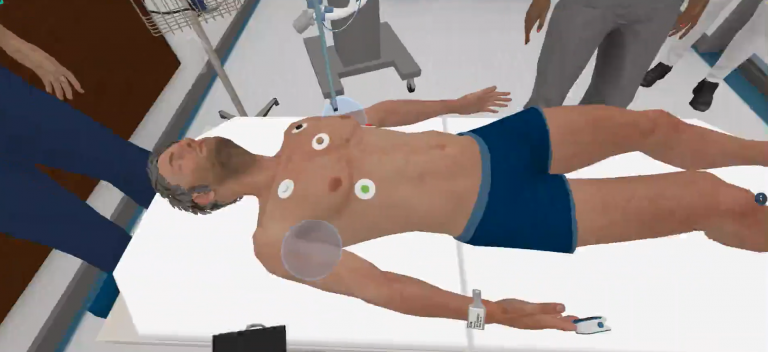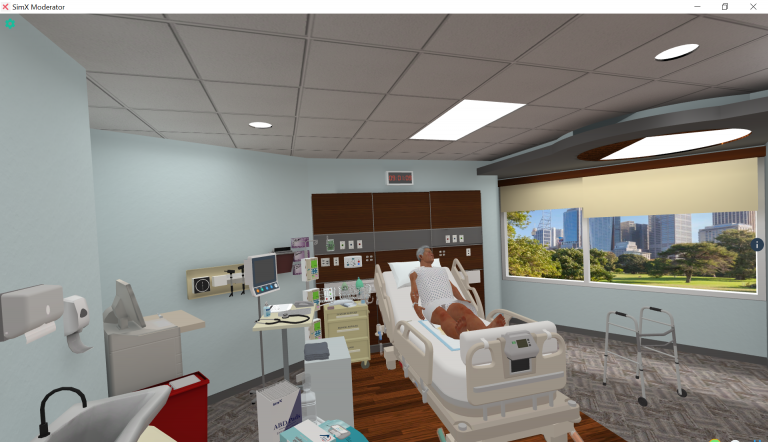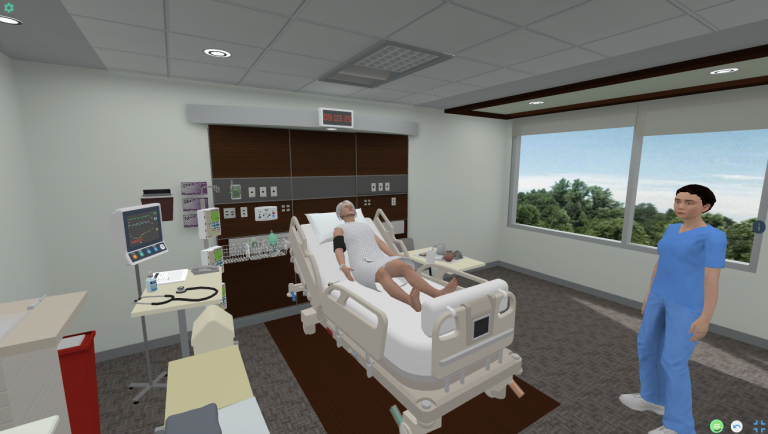The patient in this scenario is a 65-year-old man with a 120-pack-year smoking history who has been in the surgical intensive care unit (SICU) for 24 hours. He had a total laryngectomy performed one day prior for laryngeal carcinoma. He required mechanical ventilatory support immediately postoperatively via a #8 cuffed tracheostomy tube with an inner cannula. You are called to the bedside by the intensive care unit nurse because immediately after the completion of a portable chest x-ray, the ventilator low-pressure alarm is going off. The nurse notes that the new tracheostomy has been totally displaced from the stoma and is sitting on the chest wall, and the patient is hypoxic, tachypneic, and in respiratory distress. The learner must perform a rapid, focused history and physical exam and should reinsert the tracheostomy into the laryngectomy stoma.
Learning Objectives
– Recognize the importance of determining why a tracheostomy was performed, when it was performed, and the type of tracheostomy tube in place.
– Recognize that the patient has had a total laryngectomy and therefore is able to ventilate only through the laryngectomy stoma.
– Demonstrate appropriate management of tracheostomy displacement from a laryngectomy stoma.
– Recognize that this patient will not be able to be intubated via the mouth or nose.
Interested in this scenario?
Sign up to talk with a member of the SimX team today!
MINIMUM:
OS: Windows 10
Processor: Intel Core i5-2300 | AMD FX-4350
Memory: 4 GB RAM
Graphics: Nvidia GeForce GTX 2060
DirectX: Version 11
Storage: 12 GB available space
RECOMMENDED:
OS: Windows 10
Processor: Intel Core i7-2300 | AMD FX-4350
Memory: 8 GB RAM
Graphics: Nvidia GeForce GTX 3060
DirectX: Version 11
Storage: 12 GB available space

